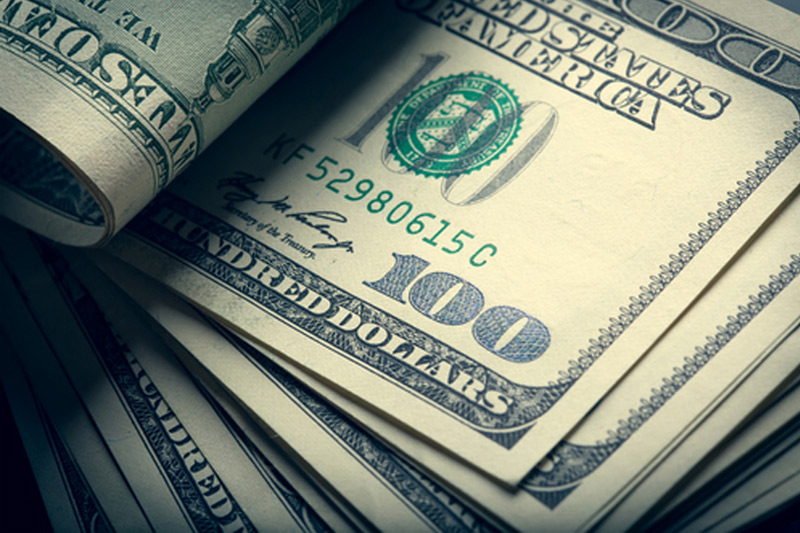Forex
Dollar edges lower ahead of payrolls; set for losing week


Investing.com – The U.S. dollar edged lower in early European trade Friday, on course to end a six-week winning streak ahead of the release of the highly-anticipated monthly U.S. jobs report.
At 03:15 ET (07:15 GMT), the Dollar Index, which tracks the greenback against a basket of six other currencies, traded 0.1% lower at 103.544, but is down around 0.4% so far this week.
Nonfarm payrolls loom large
The greenback saw some buying on Thursday after data showed that U.S. grew much more than expected in July, but the U.S. currency is set to snap a long running positive streak as a batch of weak economic readings fueled bets that the will keep rates on hold in September.
That said, volumes are limited ahead of the vital August number, as traders look for the latest clues that could inform the path for Federal Reserve policy over the near term.
Analysts expect the U.S. economy created 170,000 jobs last month, down from 187,000 the prior month, while the is expected to stay at 3.5%.
Any signs of strength in the labor market would provide the Federal Reserve with more impetus and headroom to keep raising interest rates.
Euro slips ahead of eurozone manufacturing PMI release
edged 0.1% higher to 1.0848, with the euro posing small gains after falling 0.7% in the previous session in the wake of data showing that core fell in August.
Higher-than-expected inflation numbers in the region’s major economies of Germany, France and Spain had raised expectations of a jump in inflation, but this failed to materialize.
There is a great deal of uncertainty surrounding the European Central Bank’s next policy meeting, with inflation remaining above target but board member Isabel Schnabel, a noted policy hawk, acknowledging that eurozone growth is weaker than predicted just a few months ago.
The final release is due later in the session, and a small improvement is expected with the August figure after the previous number saw activity in the sector slowing at the fastest pace since the start of the pandemic.
“Our macro team feels that the chances of a September rate hike are under-priced (now a 43% probability) meaning that EUR/USD could get a little support from the ECB story over the coming weeks,” analysts at ING said, in a note.
Yuan slips despite PBOC move
rose 0.1% to 7.2622, with the yuan receiving very little support from a private survey showing that China’s unexpectedly grew in August and the People’s Bank of China cutting the ratio of foreign exchange reserves required to be held by local banks.
While this should offer support for the Chinese currency, the broader outlook for the second largest economy in the world, and in turn the yuan, still remains dour as a post-COVID economic recovery slows.
Elsewhere, fell slightly to 1.2668, while fell 0.1% to 145.50 in muted trade after Japanese data showed local shrank further in August.

 Forex3 years ago
Forex3 years agoForex Today: the dollar is gaining strength amid gloomy sentiment at the start of the Fed’s week

 Forex3 years ago
Forex3 years agoUnbiased review of Pocket Option broker

 Forex3 years ago
Forex3 years agoDollar to pound sterling exchange rate today: Pound plummeted to its lowest since 1985

 Forex3 years ago
Forex3 years agoHow is the Australian dollar doing today?

 Cryptocurrency3 years ago
Cryptocurrency3 years agoWhat happened in the crypto market – current events today

 World3 years ago
World3 years agoWhy are modern video games an art form?

 Commodities3 years ago
Commodities3 years agoCopper continues to fall in price on expectations of lower demand in China

 Economy3 years ago
Economy3 years agoCrude oil tankers double in price due to EU anti-Russian sanctions


























